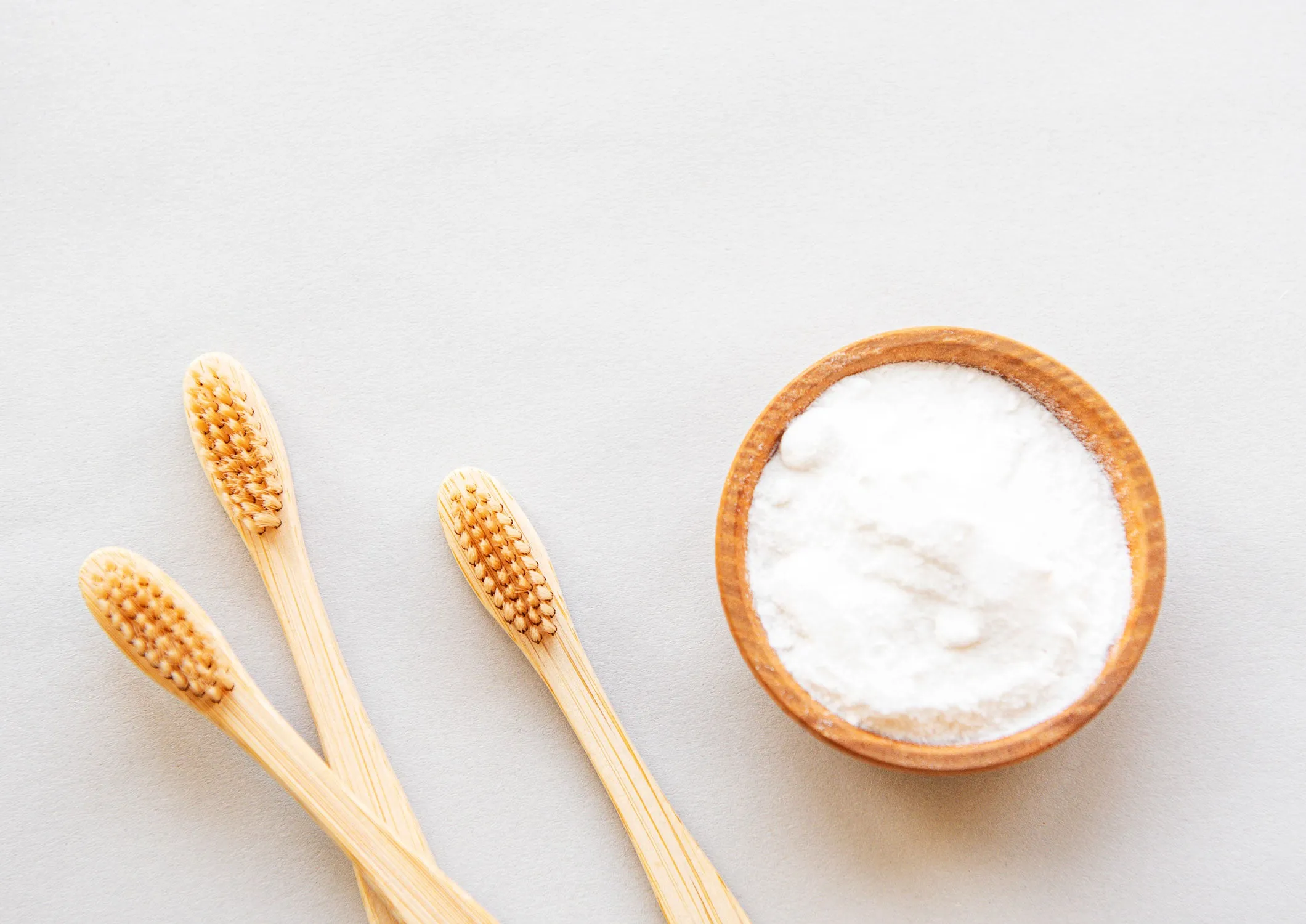Understanding Teeth Whitening with Baking Soda
Achieving a brighter smile is a common goal, and the use of baking soda for teeth whitening has gained significant popularity as a readily available and affordable home remedy. This guide explores the efficacy of baking soda in teeth whitening, providing detailed instructions, safety precautions, and alternative options to help you make informed decisions about your oral care. Baking soda, also known as sodium bicarbonate, has been a household staple for decades, and its abrasive qualities make it a potential solution for removing surface stains on teeth. This section provides an in-depth look at how baking soda works and why it’s considered a viable option for teeth whitening at home.
How Baking Soda Works on Teeth
Baking soda is a mild abrasive that can help to scrub away surface stains on your teeth. These stains can be caused by various factors, including coffee, tea, red wine, and tobacco. The abrasive nature of baking soda helps to polish the enamel, removing these stains and making your teeth appear whiter. It also helps to neutralize acids in the mouth, which can erode enamel over time. By reducing acidity, baking soda can contribute to overall oral health. However, the abrasive nature of baking soda also means it’s essential to use it cautiously and not overuse it, as excessive scrubbing can damage the enamel.
The Science Behind Baking Soda’s Whitening Power
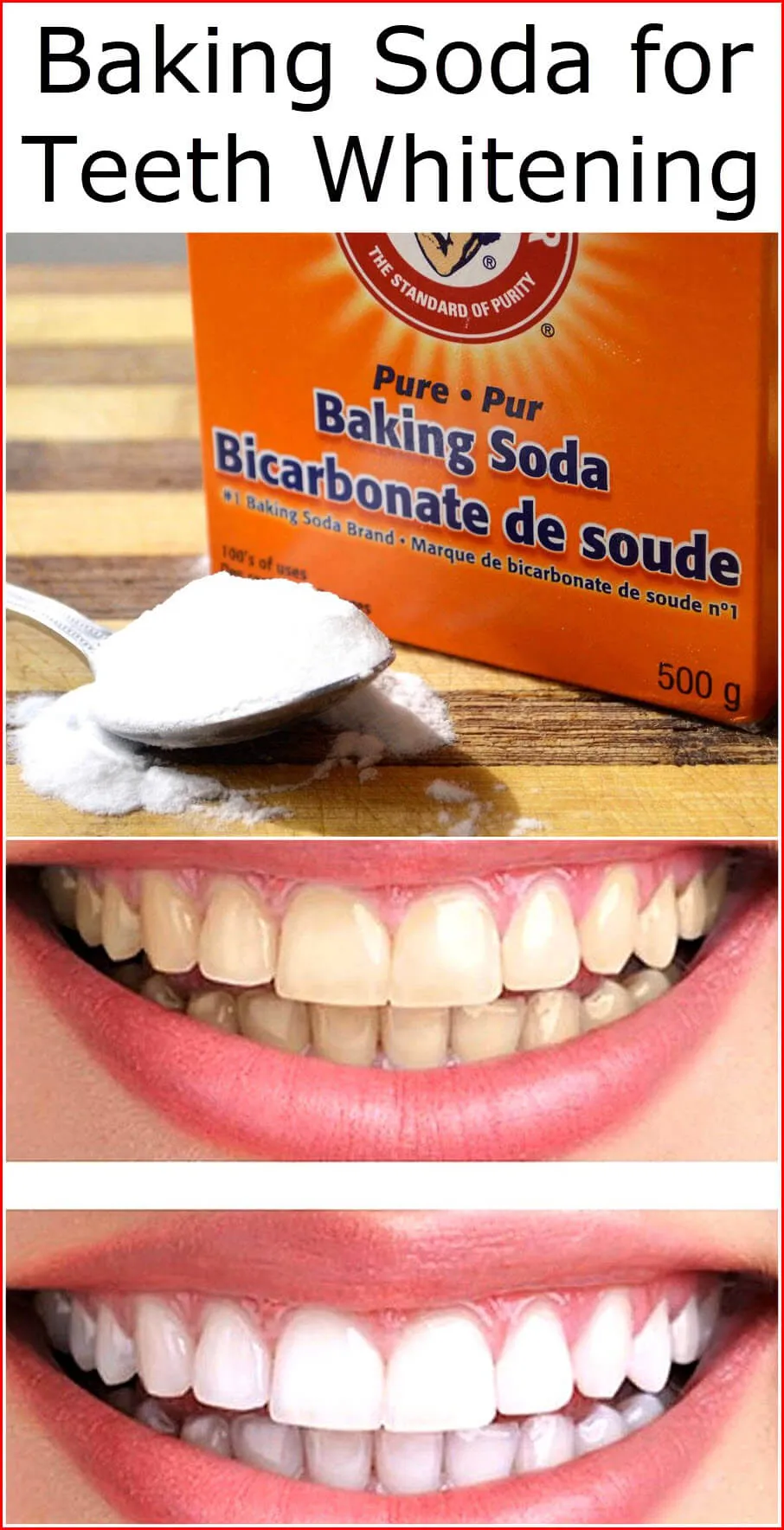
The whitening power of baking soda primarily comes from its ability to act as a gentle abrasive. When you brush with baking soda, the tiny particles help to dislodge and remove stains that have accumulated on the surface of your teeth. These stains are often caused by chromogens, which are color-producing compounds found in foods and drinks. Additionally, baking soda has a slightly alkaline pH, which helps to neutralize acids in the mouth. This can reduce the likelihood of enamel erosion and contribute to a healthier oral environment. The chemical reaction helps break down stain molecules, thus promoting whiter teeth. It’s crucial to understand that the whitening effect is mainly on the surface, and baking soda doesn’t change the natural color of your teeth.
Why Baking Soda is a Popular Choice
Baking soda’s popularity as a teeth whitening agent stems from its accessibility, affordability, and ease of use. It’s a readily available household item found in most kitchens, making it a convenient choice for those looking to whiten their teeth at home without expensive treatments or professional assistance. The cost-effectiveness of baking soda is a significant advantage, as it provides a budget-friendly alternative to commercial whitening products. Moreover, the simple application process, often involving mixing baking soda with water to create a paste, makes it appealing for people seeking a straightforward and quick teeth whitening solution. However, while baking soda is effective for some, its use is not suitable for everyone and should be used with caution.
Simple Baking Soda Teeth Whitening Recipes
Baking Soda and Water Paste Recipe
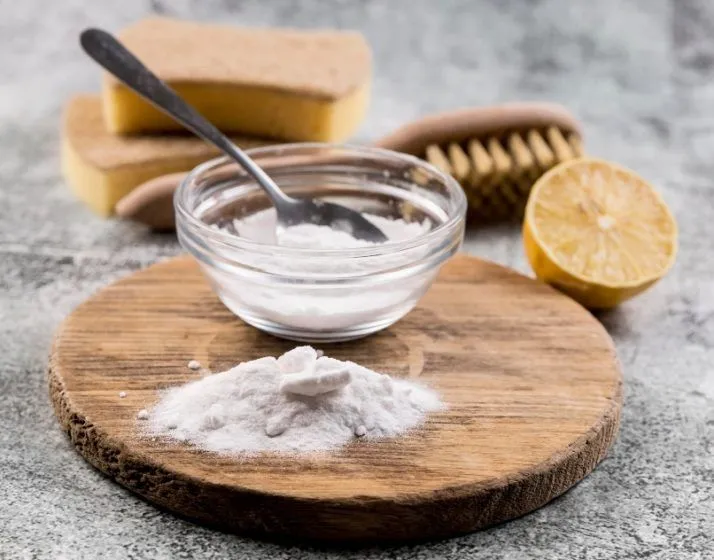
This is the simplest method for using baking soda to whiten your teeth. All you need is baking soda and water. This method utilizes the mild abrasive properties of baking soda to gently scrub away surface stains, helping to reveal a brighter smile. It’s important to note that this method is most effective for removing external stains and may not significantly alter the intrinsic color of your teeth. Regular use, however, may contribute to a noticeable improvement in the appearance of your teeth. For many, this simple method is a cost-effective and accessible solution for enhancing their smile at home.
Recipe Instructions
- Mix one tablespoon of baking soda with enough water to form a paste.
- Gently brush your teeth with the paste for about two minutes.
- Rinse your mouth thoroughly with water.
- Use this method no more than once or twice a week.
Baking Soda and Lemon Juice Recipe
This recipe combines baking soda with lemon juice to enhance the whitening effect. Lemon juice contains citric acid, which can help to further break down stains. The mixture, however, is more acidic, which is why it should be used sparingly. While lemon juice can add to the whitening effect, it can also erode enamel if used too frequently. Therefore, moderation is key when using this method. It’s best to use this recipe with caution and always pay close attention to how your teeth feel afterward to prevent any potential damage.
Recipe Instructions
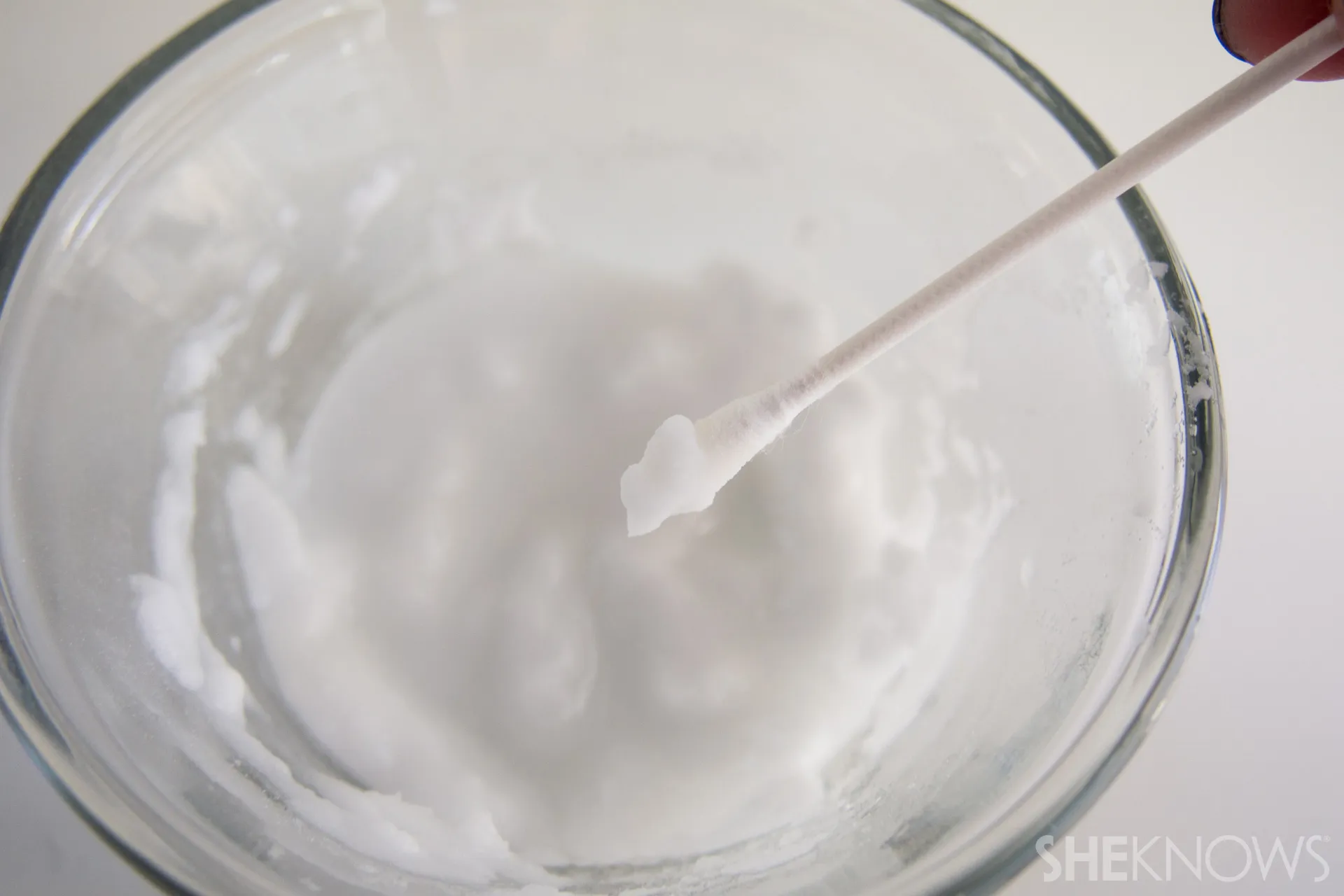
- Mix one tablespoon of baking soda with the juice of half a lemon to form a paste.
- Apply the paste to your teeth and let it sit for about a minute.
- Brush gently, then rinse thoroughly with water.
- Use this method no more than once a week.
Baking Soda and Coconut Oil Recipe
Combining baking soda with coconut oil offers a gentler approach to teeth whitening. Coconut oil acts as an antibacterial agent and helps to reduce sensitivity. This recipe combines the mild abrasive properties of baking soda with the soothing and beneficial qualities of coconut oil, creating a formula that aims to whiten teeth while also promoting oral health. Regular use of this combination can lead to a brighter smile and fresher breath, making it a popular choice for those seeking a more natural teeth whitening method. This mixture is particularly beneficial for those with sensitive teeth, as coconut oil helps to reduce potential irritation.
Recipe Instructions
- Mix one tablespoon of baking soda with one tablespoon of coconut oil to form a paste.
- Brush your teeth with the paste for about two minutes.
- Rinse your mouth thoroughly with water.
- Use this method no more than a few times per week.
Important Considerations and Safety Tips
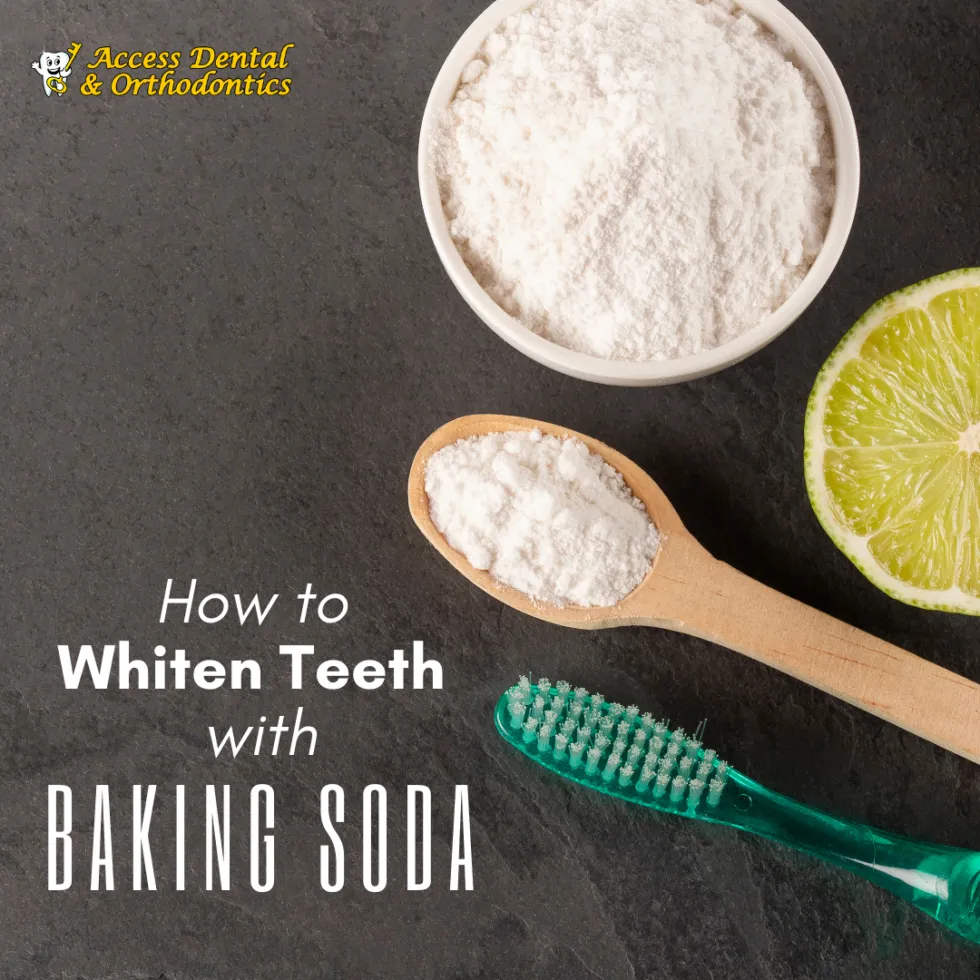
While baking soda is generally considered safe for teeth whitening, there are several important considerations and safety tips to keep in mind. Overuse or improper use can lead to negative consequences. It’s important to understand the potential risks and follow recommended guidelines to ensure your oral health. This section provides essential information on how to use baking soda safely and effectively, including guidance on frequency of use, potential side effects, and when to seek professional dental advice.
Potential Risks of Using Baking Soda
The primary risk associated with using baking soda for teeth whitening is its abrasive nature. Overbrushing or using too much baking soda can erode the enamel, leading to increased sensitivity and a higher risk of cavities. Enamel erosion can also make your teeth appear more yellow over time because the underlying dentin becomes more visible. Another risk is gum irritation or damage if the brushing is too harsh. Some people may also experience an allergic reaction to baking soda, although this is rare. Therefore, it is essential to use baking soda with caution and in moderation to minimize potential risks and protect your oral health.
Consulting Your Dentist
Before using baking soda for teeth whitening, it’s wise to consult with your dentist. They can assess the condition of your teeth and gums and advise you on whether this method is appropriate for you. Your dentist can also provide professional teeth whitening options that may be more effective and safer, depending on your specific needs and oral health. Regular dental check-ups are crucial to detect any underlying issues, such as cavities or gum disease, which could be worsened by using baking soda. Your dentist can offer personalized advice and ensure that your approach to teeth whitening aligns with your overall oral health goals.
How to Use Baking Soda Safely
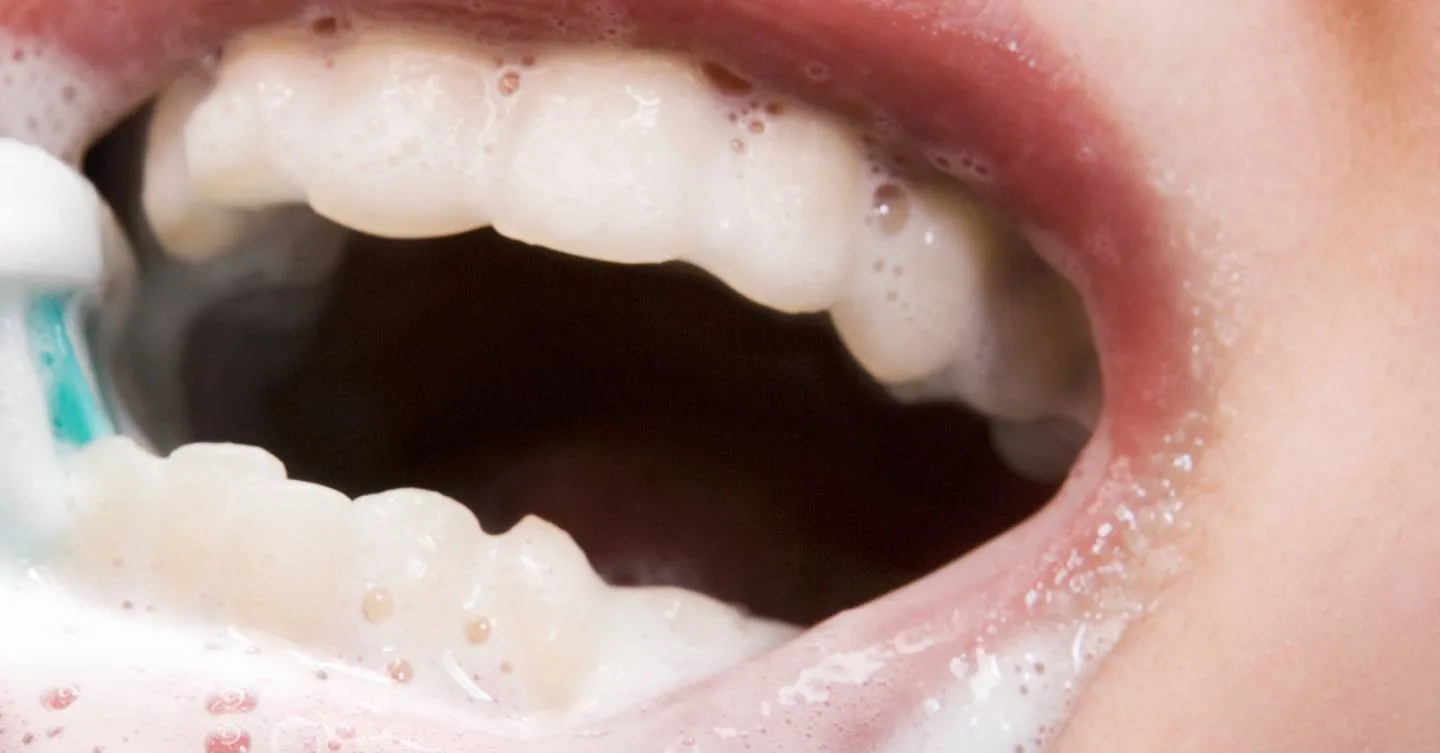
To use baking soda safely for teeth whitening, there are some essential guidelines to follow. Use it sparingly, no more than once or twice a week, to minimize the risk of enamel erosion. Brush gently, using a soft-bristled toothbrush, to avoid damaging your gums and enamel. Avoid excessive pressure and focus on polishing rather than scrubbing. Rinse your mouth thoroughly after each use to remove any residue. If you experience any increased sensitivity or gum irritation, discontinue use immediately and consult your dentist. By following these safety tips, you can reduce the risks associated with using baking soda and achieve a brighter smile safely.
Alternative Home Remedies for Teeth Whitening
If you are looking for alternatives to baking soda, several other home remedies can help whiten your teeth. These alternatives offer varied approaches and ingredients. They provide options for people with different preferences and sensitivities. It is important to research and understand how each alternative works and what its potential benefits and risks are. This section explores some of the most popular and effective alternatives, enabling you to select the method that best suits your needs and oral health conditions.
Hydrogen Peroxide for Teeth Whitening
Hydrogen peroxide is a mild antiseptic that can also help to whiten teeth. It works by oxidizing the stains on your teeth, breaking them down and making them less visible. You can use hydrogen peroxide in several ways, such as rinsing your mouth with a diluted solution or incorporating it into a homemade toothpaste. When using hydrogen peroxide, it is crucial to use the correct concentration (usually 3%) and to avoid swallowing it. If used improperly, hydrogen peroxide can cause gum irritation or sensitivity. Always consult your dentist before using hydrogen peroxide to ensure it is a safe and suitable option for you. If done properly, hydrogen peroxide can be an effective way to improve the appearance of your smile.
Oil Pulling with Coconut Oil
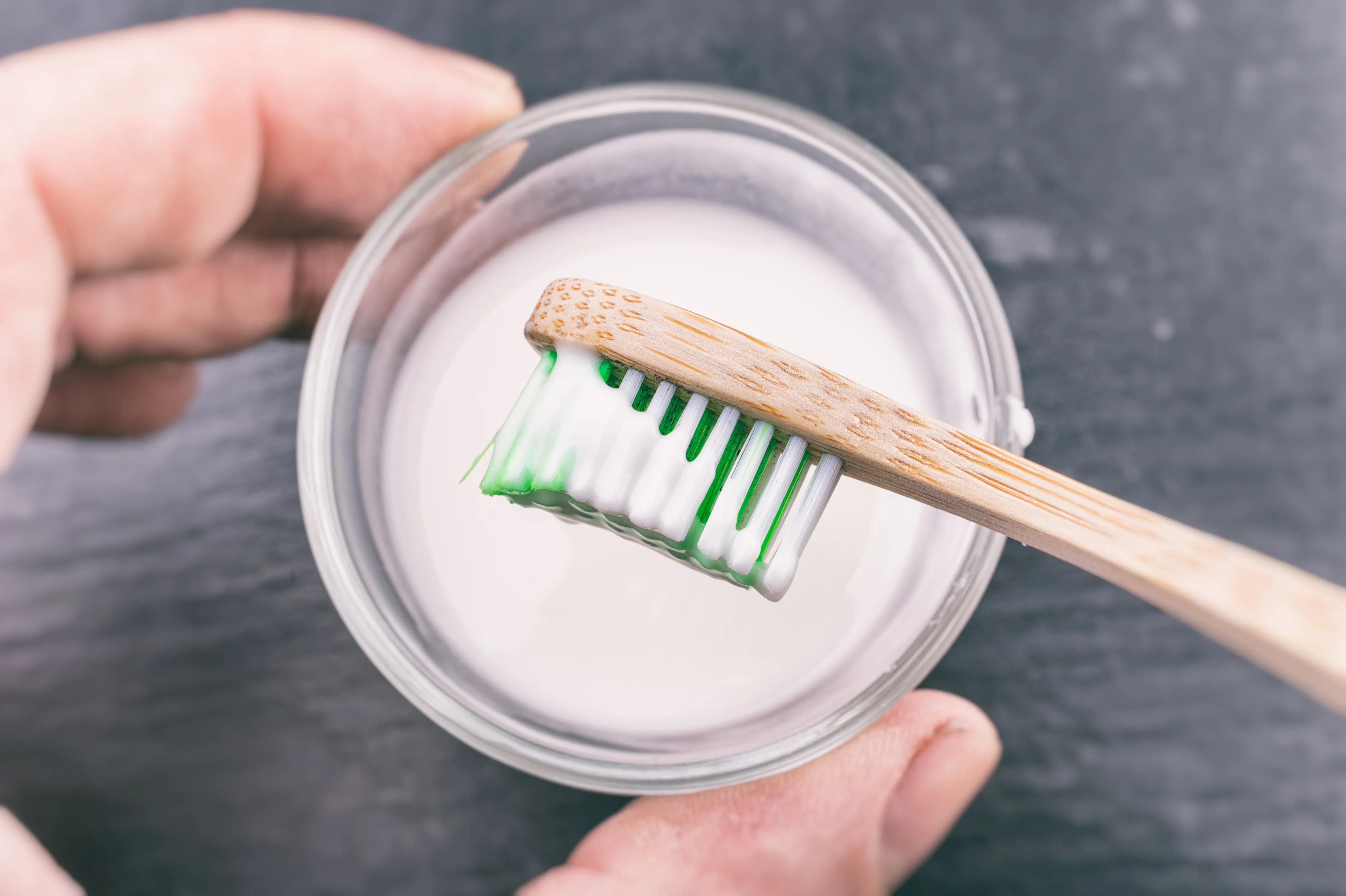
Oil pulling with coconut oil is an ancient Ayurvedic practice that involves swishing oil in your mouth to remove bacteria and toxins. While the primary purpose of oil pulling is not teeth whitening, it can contribute to a brighter smile by reducing plaque and bacteria, which can lead to staining. Coconut oil has natural antibacterial properties and may help to freshen breath and improve oral hygiene. To perform oil pulling, swish one tablespoon of coconut oil in your mouth for 15-20 minutes daily, then spit it out and rinse with water. While it may not provide dramatic whitening results, oil pulling is a gentle and natural method that can support overall oral health and contribute to a healthier, brighter smile.
Maintaining Your White Smile
Once you achieve a whiter smile, maintaining it requires consistent oral hygiene practices and mindful dietary choices. Regular dental care, including brushing, flossing, and professional cleanings, is essential to prevent staining and maintain the brightness of your teeth. Additionally, certain foods and drinks can stain your teeth, so making informed choices about your diet is crucial. This section offers useful tips on how to keep your smile bright and healthy for a long time.
Oral Hygiene Tips
Effective oral hygiene is the cornerstone of maintaining a white smile. Brush your teeth at least twice a day for two minutes each time, using a fluoride toothpaste. Floss daily to remove plaque and food particles from between your teeth, where a toothbrush can’t reach. Consider using an antibacterial mouthwash to further reduce bacteria in your mouth. Regular dental check-ups and professional cleanings every six months are vital for removing plaque and tartar, which can cause stains and contribute to discoloration. Proper oral hygiene not only helps to maintain the brightness of your teeth but also promotes overall oral health, reducing the risk of cavities, gum disease, and other dental problems. Consistent and thorough oral hygiene is key to preserving your bright smile.
Foods and Drinks to Avoid

Certain foods and drinks can significantly impact the color of your teeth, contributing to staining and discoloration. To maintain a white smile, it is advisable to limit or avoid these items. Coffee, tea, and red wine are notorious for staining teeth due to their high concentrations of chromogens. Dark-colored sodas and fruit juices can also contribute to staining. Foods like berries, soy sauce, and curries contain pigments that can adhere to the tooth’s surface, causing discoloration. Smoking and chewing tobacco are major contributors to tooth staining and should be avoided altogether. By making smart food and drink choices, you can prevent stains and keep your smile looking its best for a longer time.
